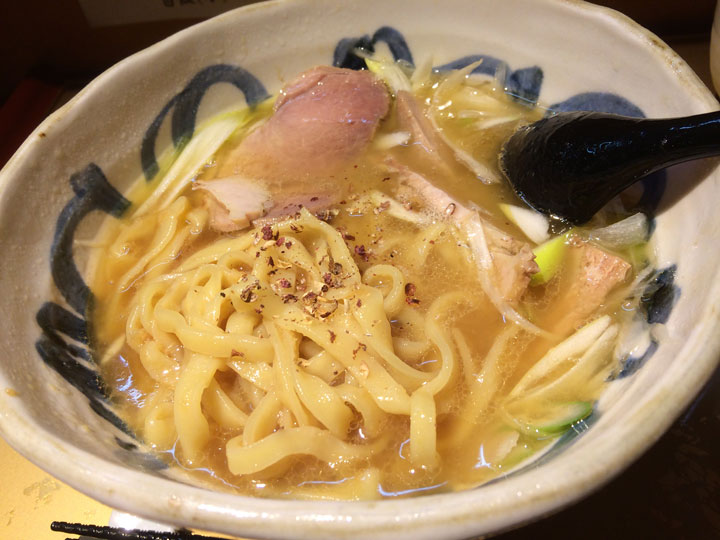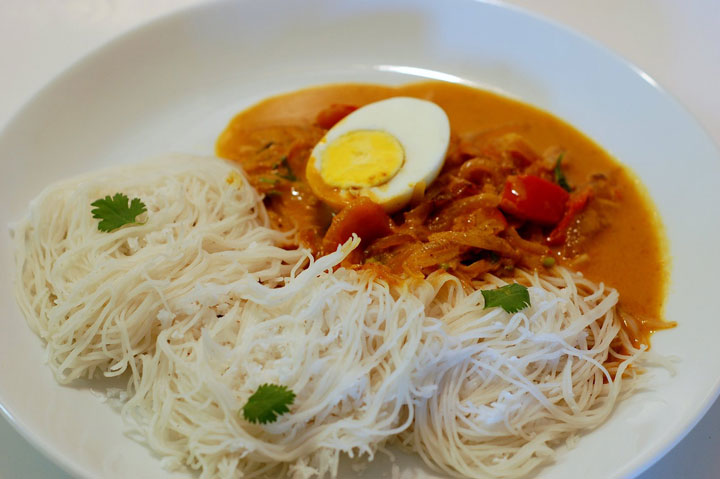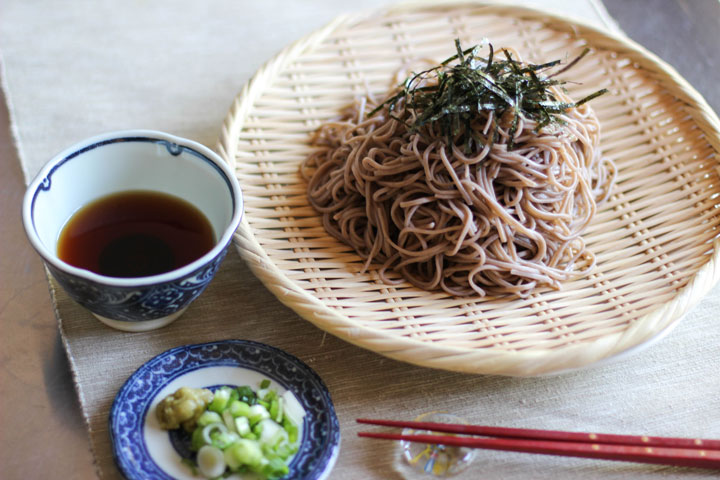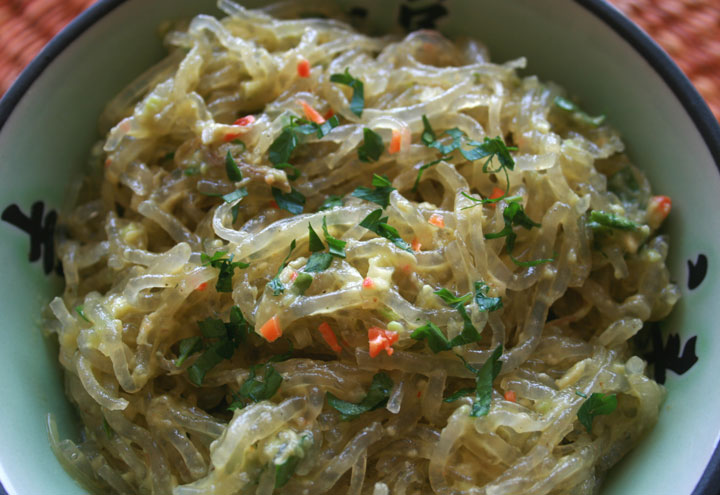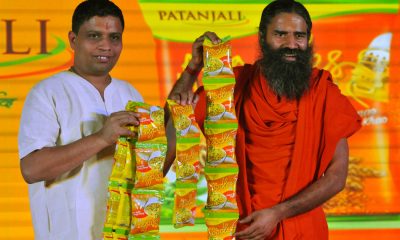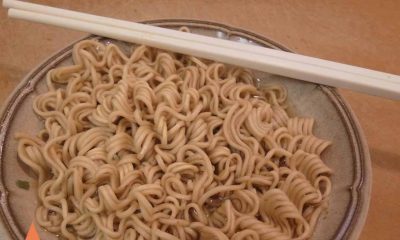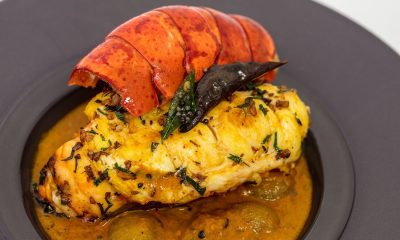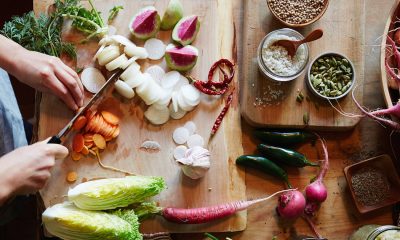Animals
All You Will Ever Need To Know About The World Of Noodles
Our team recently paid a visit to Wok Express in Mumbai, where, among other things we were given the opportunity to build our own woks. We were allowed to choose between a range of different noodles types. Being ramen lovers, we immediately dove into a bowl of ramen, but the experience also got us wondering about all the different noodle options there are out there. Here’s what we found.
Noodles are made from unleavened dough that is stretched and cut into shapes; typically a long string. Noodles can be served plain, fried (think of stir fried noodles or honey fried noodles you have for dessert), in a soup or cold (in a salad, for instance).
Noodles are categorised according to the ingredients that are used to make them. Common ingredients used to make noodles are wheat, buckwheat and rice which are the primary ingredients in common noodles below:
Udon
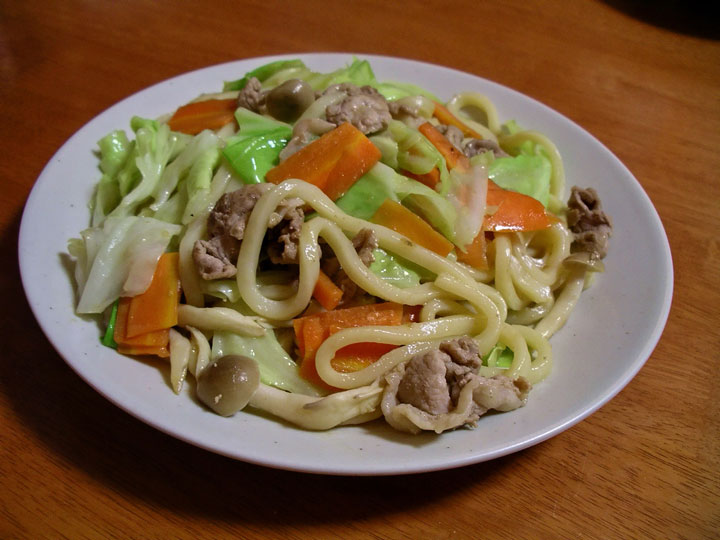
These are thick, Japanese wheat noodles often served in hot noodle soup
Chūka men
These noodles are also made from wheat and are popularly used in Ramen.
Thick Rice Noodles
These are made from rice flour and are also known as hé fěn in Chinese. They tend to be slippery and rubbery in texture.
Rice Vermicelli
Rice vermincelli are a thinner version of thick rice noodles. They are popular in Thai, Malaysian, Chinese and Vietnamese cuisine.
Idyiappam
Also made from rice flour, Idyiappam is popular in South India and is eaten with meat or vegetable stews for breakfast.
Soba
Soba are popular Japanese buckwheat noodles that are served chilled or in a broth.
Noodles can also be made from other, more unusual ingredients.
Acorn Noodles
Popular in Korean cuisine, acorn noodles or dotori guksu, are made from acorn flour and buckwheat.
Schupfnudel
In German cuisine, Schupfnudel are thick noodles made from rye, wheat flour and eggs.
Kelp Noodles
Kelp noodles are made from edible seaweed and are widely popular, because they are fat and gluten free.
We can guarantee that you’re pretty unlikely to encounter kelp noodles in build your own wok options. But, it’s always worth having a few food facts tucked up your sleeve, isn’t it? How many of these would you like to try?

